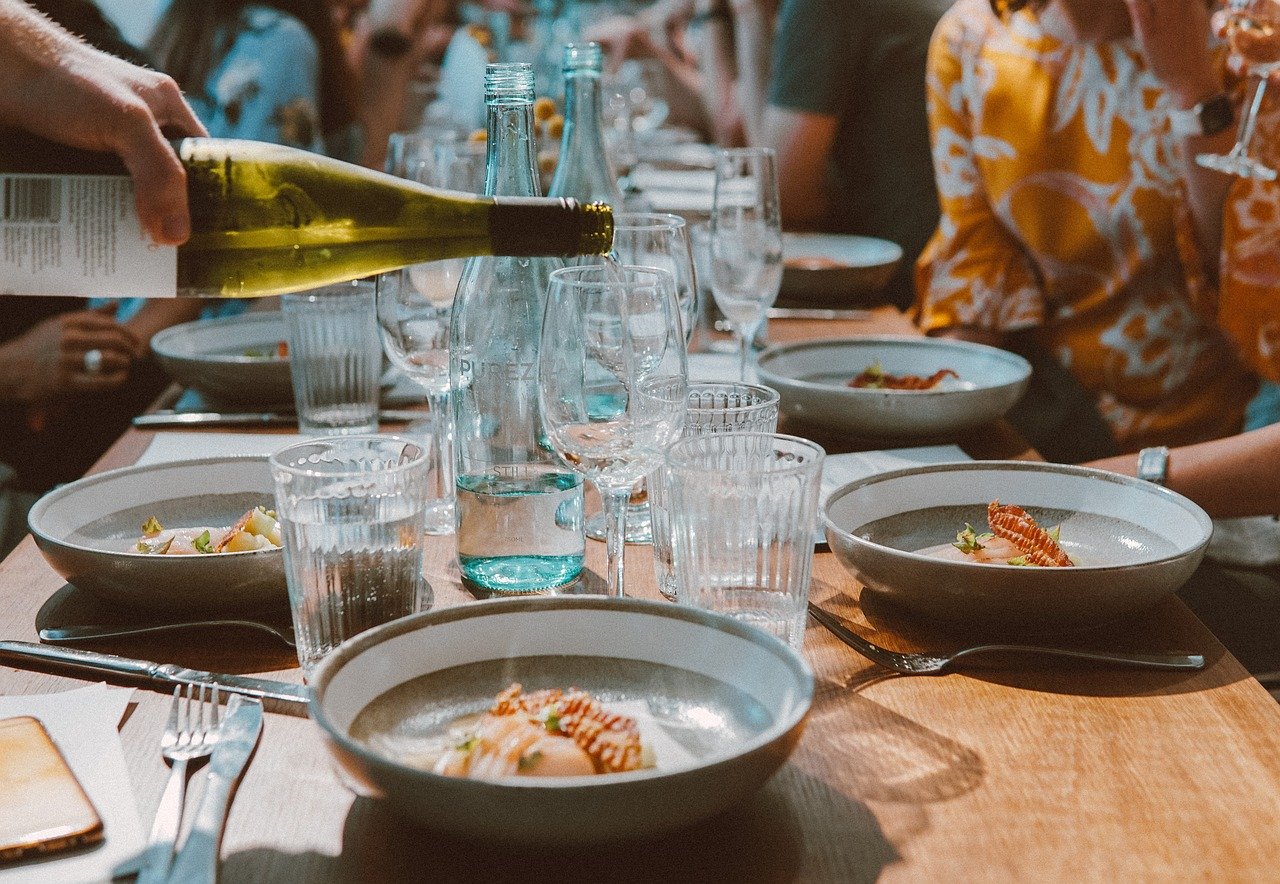Physical Address
304 North Cardinal St.
Dorchester Center, MA 02124
Physical Address
304 North Cardinal St.
Dorchester Center, MA 02124


The holiday season is a time for celebration, joy, and indulgent meals shared with loved ones. However, it’s also a time when food waste skyrockets. The United Nations Environment Programme reports that a staggering 931 million tons of food are wasted annually, with much of it occurring during the holiday season. Reducing food waste not only saves money but also helps protect our planet by reducing greenhouse gas emissions and conserving resources like water and energy. Let’s explore practical, globally relevant tips to make your holidays delicious, sustainable, and waste-free.
During the holidays, households tend to over-purchase and over-prepare food. This results in leftovers that often go uneaten, ending up in landfills. The environmental toll is significant. Food waste contributes approximately 8–10% of global greenhouse gas emissions. Furthermore, the resources used to produce that wasted food—land, water, and energy—are effectively lost.
A single meal wasted by one family might seem insignificant, but multiplied by millions of households, the impact is monumental. By reducing waste, we not only conserve resources but also save money. Studies show that the average American family wastes about $1,500 worth of food annually. Imagine redirecting those savings toward sustainable initiatives instead.
Start with a detailed menu tailored to your guests’ preferences and dietary restrictions. Focus on versatile dishes that can be adjusted to meet different tastes.
When shopping for holiday meals:
Accurate portion planning is essential. For example, if serving turkey, estimate one pound per person for a bone-in bird. There are online portion calculators available, such as Save the Food’s Guest-imator, to help you avoid over-preparing.
Sometimes, less is more. Instead of preparing ten different side dishes, focus on a few well-loved options that align with your guests’ favorites.
From root to stem, use every part of your ingredients:
Rather than making large amounts all at once, cook in smaller batches to reduce the risk of uneaten food. If needed, prepare additional servings later.
Invest in clear, reusable containers to store leftovers. Label each container with the date and contents to prevent them from being forgotten. Airtight containers also help extend the shelf life of food.
If you have non-edible scraps, composting is an excellent way to reduce waste. Composting turns food waste into nutrient-rich soil for gardens, closing the loop on food production.
With a little imagination, yesterday’s leftovers can become today’s masterpiece:
Encourage guests to bring reusable containers so they can take home leftovers. This not only reduces waste but also spreads the joy of your holiday feast.
Many holiday foods freeze well, including soups, casseroles, and baked goods. Freezing extends their lifespan, allowing you to enjoy them long after the holidays.
If you have unopened, non-perishable food items, consider donating them to local food banks or shelters. Organizations like Feeding America help connect communities with surplus food.
For food scraps and inedible leftovers, composting is an eco-friendly way to return nutrients to the soil. Many communities offer composting programs, or you can start your own at home.
Encourage guests to contribute dishes, reducing the host’s burden and ensuring food variety without over-preparation.
Keep a record of how much food was consumed and wasted during the holidays. Use this data to fine-tune your planning for future events.
Share the importance of reducing food waste with your guests. Simple steps, like taking smaller portions and returning for seconds, can make a significant impact.
Emma, a teacher and eco-conscious mother of two, decided to reduce food waste during her family’s Thanksgiving celebration. She planned a menu featuring versatile dishes and encouraged her guests to bring reusable containers for leftovers. Emma repurposed leftover turkey into soups and sandwiches, while her kids used extra cranberry sauce to make delicious smoothies. By the end of the week, her family had produced almost no food waste, and Emma inspired her relatives to adopt similar habits for future gatherings.
Reducing food waste during the holidays doesn’t require drastic changes—just thoughtful adjustments to your planning, cooking, and serving habits. Every small action adds up, contributing to a healthier planet and a more sustainable future.
Have you tried any of these tips? What are your favorite ways to reduce food waste during the holidays? Let us know in the comments below!